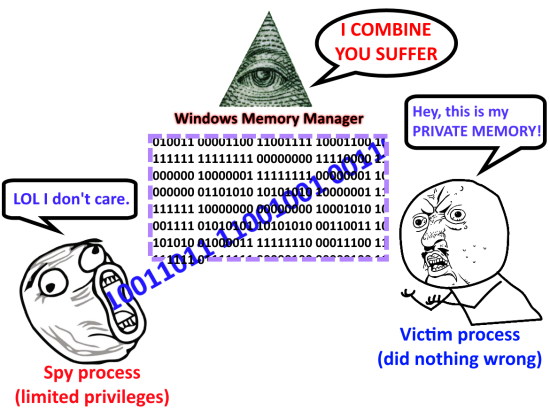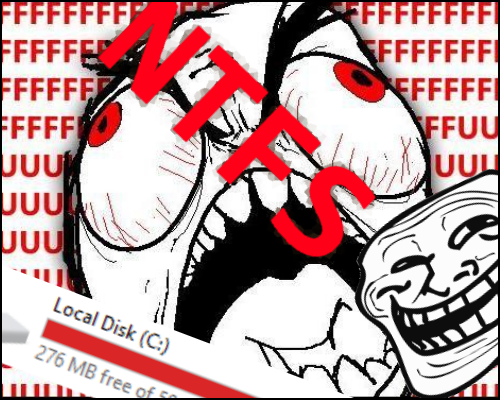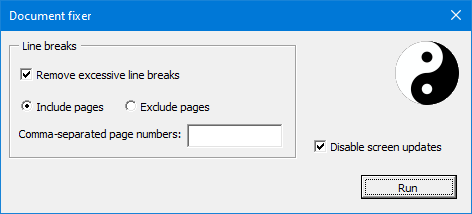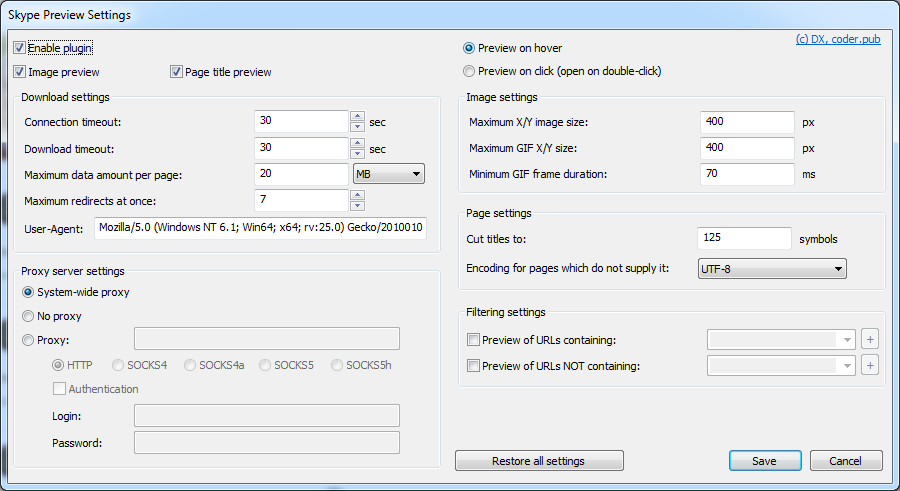
You may have the feeling that the Word macros are quite useless. Who needs them anyway? Well, sometimes they are used in malware... Moreover, they are written in a long forgotten VBA (Visual Basic for Applications, which is somehow limited Visual Basic 6 in an interpreted form), eeww!
But in fact, after all, many people may sometimes need to write a report in Word, or issue a paper, or write a CV before sending it to their dream company... For some people, their job is working in Word itself. Often, various documentation systems can export pages to doc or docx formats that your customers ask for. And it often happens that exported documents look awful, you have to fix them manually every time after export.
Working in Word often involves performing some repetitive actions, which can be sometimes (but not always!) solved by correctly setting and applying styles, as well as using templates. How do you automate everything else? This is where these very macros come to our aid.
Continue reading "Writing Macros for Microsoft Word like a PRO [Part 1]"








